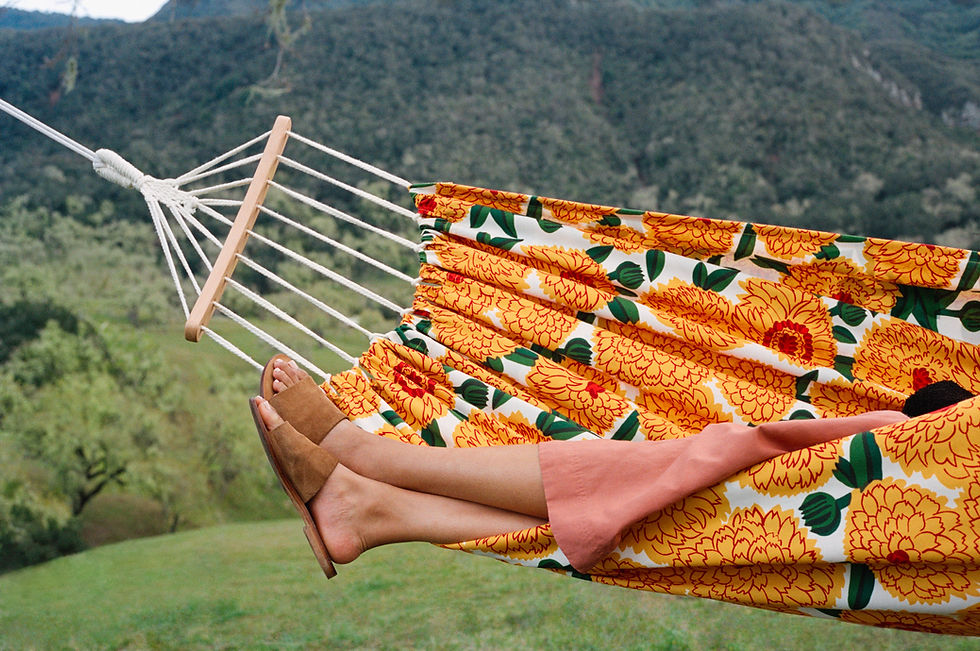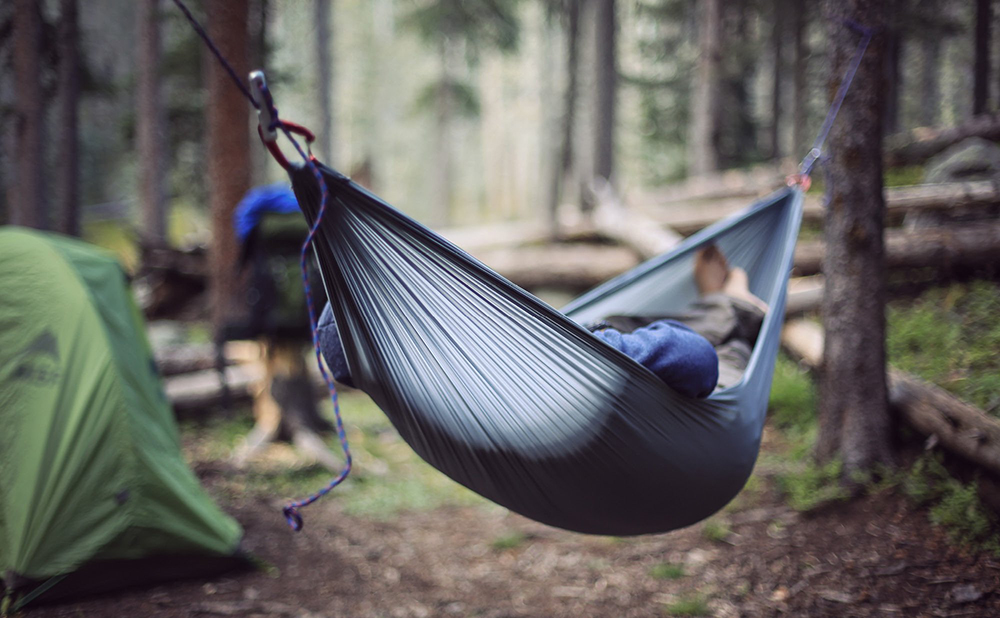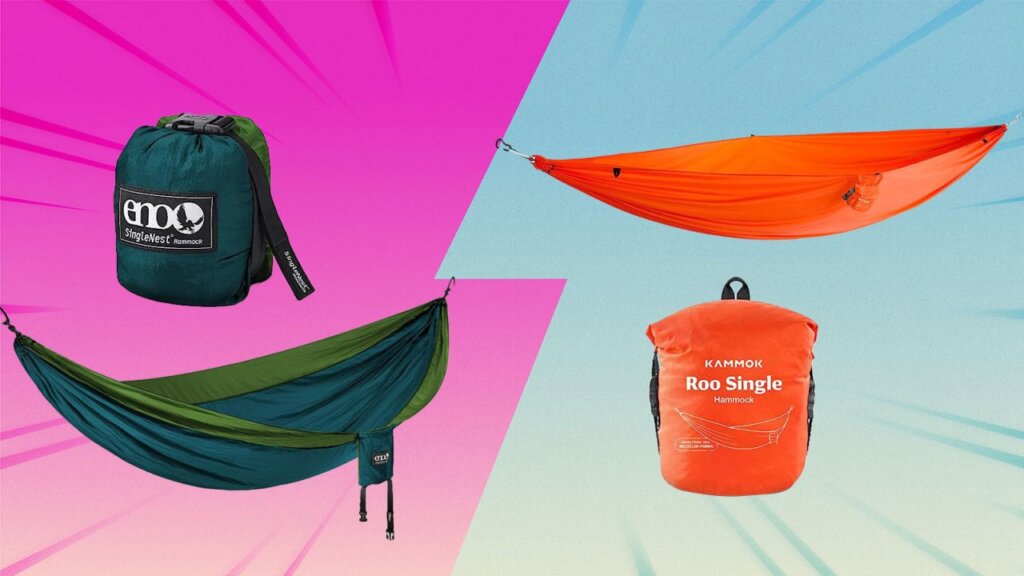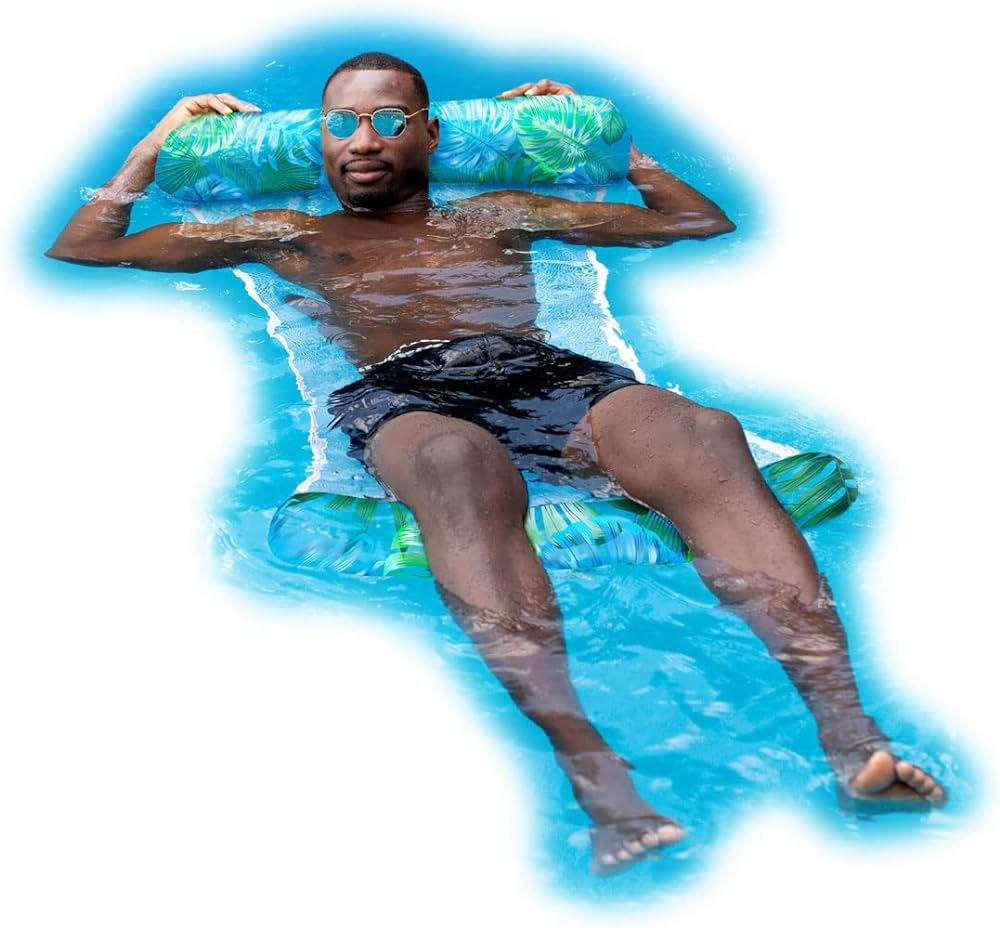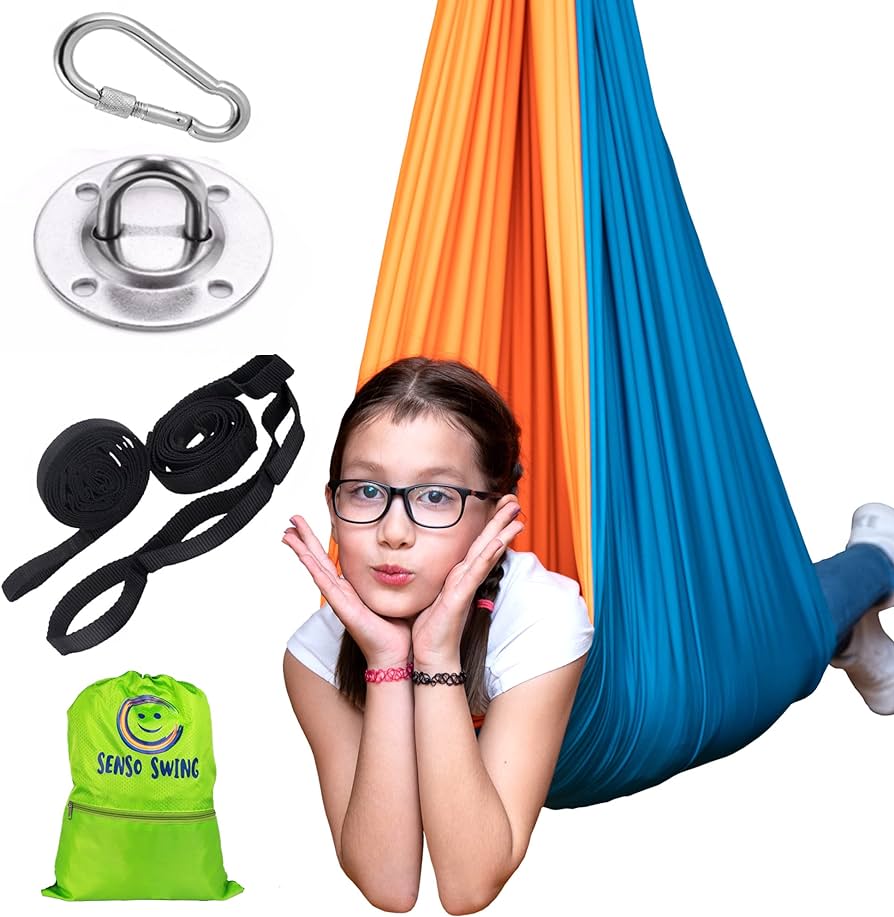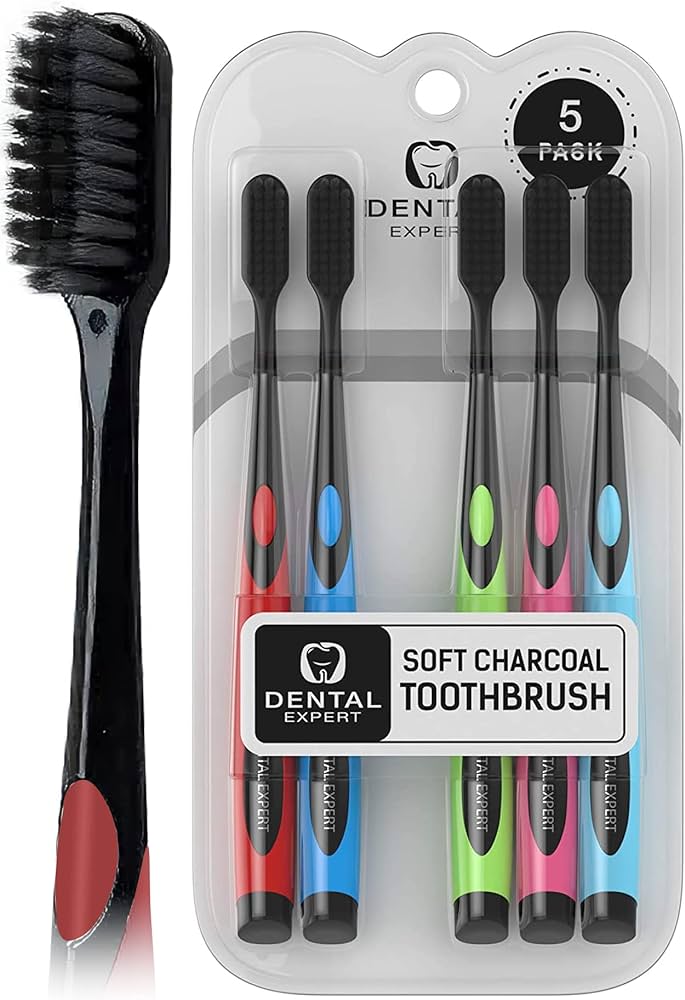- 8 Airplane Footrest Hammock!Travel comfortably - October 9, 2023
- top 7 Pool Float Water Hammock for a Relaxing Summer - October 9, 2023
- top 5 Space SaverSingle Hammock Stand Maximize Comfort and Space - October 9, 2023
To choose the right hammock fabric for your needs, consider factors such as durability, comfort, and weather resistance.
Understanding Hammock Fabric Types
Welcome to our comprehensive guide on choosing the right hammock fabric for your needs. When it comes to hammocks, the fabric plays a crucial role in determining comfort, durability, and overall performance. In this section, we will delve deeper into understanding different hammock fabric types, their key characteristics, and the benefits they offer. Whether you are looking for ultimate comfort, quick-drying capabilities, weather-resistance, or tear resistance for outdoor adventures, we’ve got you covered. Let’s explore the wide range of hammock fabrics available and find the perfect one for you.
Types of Hammock Fabric
When it comes to hammock fabrics, there are several options to choose from. Each type has its unique properties and is suitable for different situations or preferences. Here are some of the most popular hammock fabric types:Key characteristics and benefits of each fabric type
Understanding the key characteristics and benefits of each hammock fabric type will help you make an informed decision. Let’s take a closer look at what each fabric has to offer:
Cotton: The classic choice for comfort and breathability
Cotton hammock fabric is a timeless classic known for its exceptional comfort and breathability. Its natural fibers offer a soft and cozy feel, making it perfect for relaxing and unwinding. Cotton fabric allows for excellent air circulation, preventing heat buildup and providing a cool and comfortable sleep. Additionally, cotton is hypoallergenic and gentle on the skin, making it suitable for people with sensitive skin. However, it’s important to note that cotton fabrics may require more maintenance and care, as they are less resistant to the elements compared to synthetic options.
Nylon: Lightweight, durable, and quick-drying
Nylon hammock fabrics are highly popular among outdoor enthusiasts for their lightweight, durability, and quick-drying capabilities. Nylon is a synthetic material known for its exceptional strength and resilience, making it ideal for outdoor adventures and camping trips. It is also resistant to water, mildew, and rot, ensuring long-lasting performance even in wet conditions. The quick-drying nature of nylon fabric allows you to enjoy your hammock shortly after rain or a dip in the water. Furthermore, nylon hammocks are easy to pack and carry, making them a top choice for backpackers and travelers.
Polyester: Resistant to mildew and UV rays
Polyester hammock fabric is another popular synthetic option known for its resistance to mildew and UV rays. Polyester is highly durable and can withstand prolonged exposure to the sun without fading or losing its strength. This makes it an excellent choice for outdoor use, as it offers reliable protection against harmful UV rays. Polyester hammocks are also resistant to mildew, mold, and moisture, making them a low-maintenance option that can endure various weather conditions.
Sunbrella: Weather-resistant and fade-resistant
Sunbrella fabric is a high-quality fabric specifically engineered for outdoor use. It is renowned for its exceptional weather resistance and fade resistance. Sunbrella hammocks are designed to withstand harsh elements, including UV rays, rain, and wind. They are highly resistant to mold, mildew, and stains, ensuring long-lasting beauty and performance. Sunbrella fabric also offers excellent color retention, meaning you can enjoy vibrant and fade-resistant hammocks even after years of use.
Ripstop: Strength and tear resistance for outdoor adventures
Ripstop fabric is a robust and durable option known for its exceptional strength and tear resistance. It is commonly used in hammocks designed for rugged outdoor adventures. The unique weaving technique of ripstop fabric prevents small tears or holes from spreading, ensuring the hammock’s integrity and longevity. This fabric is especially suitable for camping, hiking, and other high-impact outdoor activities where reliability is paramount. With ripstop, you can enjoy the great outdoors without worrying about your hammock giving way.
In conclusion, choosing the right hammock fabric involves considering your specific needs and preferences. Whether you prioritize comfort, durability, weather-resistance, or tear resistance, there is a fabric type that caters to your requirements. By understanding the key characteristics and benefits of each fabric type, you can make an informed decision and find the perfect hammock fabric for your ultimate relaxation experience.
Factors To Consider When Choosing Hammock Fabric
Factors to Consider When Choosing Hammock Fabric
When it comes to choosing the right hammock fabric, there are several factors that you need to take into account. The intended use and environment, climate considerations, durability and weight capacity, and maintenance and care requirements are all important aspects to consider. In this article, we will delve into each of these factors to help you make an informed decision.
Intended use and environment
Before you start browsing through the wide variety of hammock fabrics available, think about how you intend to use your hammock and the environment in which it will be placed. This will help you narrow down your options and find a fabric that suits your specific needs.
Camping and backpacking
If you plan on using your hammock for camping or backpacking adventures, it’s essential to choose a fabric that is lightweight and compact. Look for materials like nylon or polyester, which are durable and resistant to tears. These fabrics are also quick-drying, making them ideal for outdoor use.
Backyard relaxation
For those who want to relax in their backyard, comfort and durability are key factors to consider. Fabrics like cotton or canvas provide a soft and cozy feeling, perfect for a leisurely afternoon nap. Keep in mind that these materials may require more maintenance and care compared to synthetic fabrics.
Beach or poolside lounging
If you’re planning on using your hammock at the beach or poolside, you’ll want to choose a fabric that is resistant to water and UV rays. Look for materials like Sunbrella, which is known for its excellent water resistance and fade resistance. This fabric will withstand exposure to sun, sand, and splashes, ensuring your hammock stays in good condition.
Climate considerations
Considering the climate in which you’ll be using your hammock is crucial for ensuring your comfort and the longevity of the fabric. Different fabrics offer varying levels of breathability and insulation, making them suitable for different climates.
Hot and humid climates
In hot and humid climates, it’s important to choose a fabric that is breathable and moisture-wicking. Fabrics like nylon or polyester are excellent choices as they allow air circulation and dry quickly, preventing discomfort from sweat and humidity.
Cold and wet climates
If you’ll be using your hammock in cold and wet climates, look for fabrics that offer insulation and water resistance. Materials like nylon or polyester with a waterproof coating will keep you dry and warm in wet conditions, while also providing insulation against the cold.
Durability and weight capacity
When selecting a hammock fabric, consider its durability and weight capacity. Look for fabrics that are strong and can bear the weight of multiple occupants. Reinforced stitching and high-quality materials will ensure the hammock withstands regular use and provides long-lasting enjoyment.
Maintenance and care requirements
Lastly, consider the maintenance and care requirements of the fabric. Some fabrics may require special treatment or cleaning methods, while others may be machine washable. Take into account your lifestyle and the amount of effort you are willing to put into maintaining your hammock fabric to ensure its longevity.
In conclusion, choosing the right hammock fabric involves considering factors such as the intended use and environment, climate considerations, durability and weight capacity, and maintenance and care requirements. By taking these factors into account, you can select a hammock fabric that ensures comfort, durability, and enjoyment for years to come.
Expert Tips For Choosing The Right Hammock Fabric
When it comes to selecting the perfect hammock fabric, there’s no one-size-fits-all answer. Your choice will largely depend on your personal preferences and needs. To help you make an informed decision, we’ve curated a list of expert tips to guide you through the process. Take a closer look at these factors to consider when choosing the right hammock fabric.
Assess your priorities and preferences
Before diving into the specifics, start by evaluating your priorities and preferences. Do you prioritize comfort over durability? Are you looking for a hammock that is ideal for warm weather or one that can withstand different weather conditions? Understanding what you value the most will help narrow down your options.
Comfort vs. durability
Comfort and durability usually go hand in hand when it comes to hammock fabrics. Fabrics like cotton and nylon are known for their softness and offer great comfort when lounging or sleeping. On the other hand, fabrics like polyester and ripstop nylon are highly durable and can withstand heavy use and the elements. Consider your usage and preference to strike the right balance between comfort and durability.
Breathability vs. weather resistance
If you often use your hammock in hot and humid conditions, breathability becomes a key consideration. Fabrics like cotton and parachute nylon provide excellent breathability, allowing air to circulate and keeping you cool. However, if you plan to use your hammock in various weather conditions or for camping purposes, opt for fabrics that offer weather resistance, such as polyester or ripstop nylon.
Consider the weight and packability
If you’re planning to take your hammock on outdoor adventures or backpacking trips, weight and packability are critical factors to consider. Lightweight fabrics like parachute nylon and polyester are ideal for easy transportation and compact storage. Ensure that the fabric is not only lightweight but also easy to fold and pack into a small bag.
Evaluate the fabric’s resistance to UV rays and weather conditions
UV rays and weather conditions can take a toll on your hammock fabric over time. Before making a decision, check the fabric’s UV resistance rating and ensure it can withstand prolonged exposure to the sun. Additionally, evaluate its performance in different weather conditions, including rain and wind. Fabrics like ripstop nylon and polyester are usually treated to enhance UV resistance and weatherproofing.
Think about ease of maintenance and cleaning
Regular maintenance and cleaning are essential for extending the lifespan of your hammock fabric. Consider fabrics that are easy to clean and can withstand frequent washing. Fabrics like nylon and polyester are often machine washable and quick to dry, making them convenient options.
Check weight capacity and construction
Weight capacity and construction are crucial factors, especially if you plan to use your hammock for two people or carry heavy loads. Consult the manufacturer’s specifications to ensure that the fabric can support your intended weight. Additionally, pay attention to the hammock’s construction, such as reinforced stitching or double-layered fabric, which enhances durability and weight-bearing capacity.
Seek recommendations and consider user reviews
Don’t hesitate to seek recommendations from friends, family, or outdoor enthusiasts who have experience with hammocks. Their insights can provide valuable guidance in selecting the right fabric for your needs. Additionally, read user reviews and testimonials online to get a sense of the fabric’s performance and durability from real-world users.
Test and try out different fabric types if possible
If you have the opportunity, it’s always helpful to test and try out different fabric types before making a final decision. Visit a local outdoor store or attend camping expos where you can experience different hammocks firsthand. This hands-on approach will allow you to gauge comfort, durability, and overall suitability of various fabric options.
By adhering to these expert tips, you’ll be well-equipped to choose the perfect hammock fabric that meets your needs and ensures ultimate relaxation during your outdoor adventures.

Credit: www.housebeautiful.com
Comparing Hammock Fabrics: Pros And Cons
When it comes to choosing the right hammock fabric, there are several options available, each with its own unique characteristics. Understanding the pros and cons of different hammock fabrics is essential in making an informed decision that suits your needs. In this article, we will explore the strengths and weaknesses of popular hammock fabrics such as cotton, nylon, polyester, Sunbrella, and ripstop fabric. We will also delve into the best uses and recommended environments for each fabric type.
Cotton
Cotton is a widely used and traditional hammock fabric that offers a range of benefits. It is known for its softness and breathability, making it incredibly comfortable for lounging or relaxing. Cotton hammocks are also known for being gentle on the skin, making them a great option for sensitive individuals. However, it’s essential to note that cotton hammocks require proper care to prevent issues such as mold or mildew. Additionally, cotton is not as resistant to outdoor elements as some other fabrics, which may limit its lifespan when exposed to frequent rain or intense sunlight.
Nylon
Nylon hammocks have gained popularity due to their excellent durability and versatility. They are highly resistant to tear and abrasion, making them suitable for outdoor and adventurous use. Nylon hammocks are also quick-drying, making them ideal for environments with high humidity or frequent rain. However, one drawback of nylon is its potential to trap heat, which may not be favorable in hot weather conditions. Additionally, some individuals may find the feel of nylon hammocks less comfortable compared to softer fabrics like cotton.
Polyester
Similar to nylon, polyester is a durable fabric that offers great resistance to the elements. Polyester hammocks are known for their exceptional strength and ability to withstand prolonged exposure to sunlight and rain. They are also quick drying, which is a significant advantage for outdoor enthusiasts. Polyester hammocks tend to hold their shape well and resist wrinkling, making them relatively low maintenance. However, some individuals may find polyester hammocks to be less breathable and slightly less comfortable compared to softer fabrics like cotton.
Sunbrella
Sunbrella is a specialized fabric renowned for its outstanding resistance to fading and UV rays. It is often used in outdoor furniture and awnings due to its exceptional durability and colorfastness. Sunbrella hammocks are perfect for those seeking a long-lasting and fade-resistant option that can withstand prolonged exposure to intense sunlight. However, it’s worth noting that Sunbrella fabric can be pricier compared to other materials. Additionally, while Sunbrella is resistant to fading, it may not offer the same level of softness and breathability as fabrics like cotton or nylon.
Ripstop
Ripstop fabric is characterized by its reinforced grid pattern, enabling it to resist tearing and ripping effectively. This makes it a popular choice for hammocks used in rugged and challenging environments. Ripstop hammocks are highly durable, allowing them to endure rough handling and heavy loads. They are also relatively lightweight, making them convenient for backpackers and camping enthusiasts. However, one drawback of ripstop fabric is its reduced breathability compared to other materials, which may affect comfort in hot weather.
The choice of hammock fabric depends on various factors such as personal preference, climate, and intended use. To help you determine the best fabric for different scenarios, here are some recommendations:
Cotton:
- Best for: Indoor or shaded outdoor use
- Recommended environments: Gentle climates, low humidity
Nylon:
- Best for: Outdoor adventures, camping
- Recommended environments: Humid climates, areas with frequent rain
Polyester:
- Best for: Outdoor use, durability
- Recommended environments: Sunny climates, areas with occasional rain
Sunbrella:
- Best for: Long-lasting and fade-resistant hammocks
- Recommended environments: Intense sunlight exposure, areas with high UV levels
Ripstop:
- Best for: Rugged outdoor use, backpacking
- Recommended environments: Challenging terrains, areas with rough handling
By understanding the strengths, weaknesses, and recommended uses of different hammock fabrics, you can make an informed decision that caters to your specific needs and preferences. Whether you prioritize comfort, durability, or weather resistance, there’s a hammock fabric out there that’s perfect for you.
Making The Final Decision: Selecting The Perfect Hammock Fabric
Choosing the right hammock fabric can make a world of difference in your outdoor relaxation experience. With numerous options available in the market, it can be overwhelming to make a decision with confidence. However, by considering a few key factors and following some expert tips, you can ensure that you select the ideal fabric for your needs. In this section, we will outline the steps to help you make an informed decision. Let’s dive in and find the perfect hammock fabric for you.
Identify your specific needs and priorities
Before delving into the world of hammock fabrics, it’s crucial to identify your unique requirements and priorities. Are you primarily looking for durability, comfort, or portability? Do you plan to use the hammock in a humid or rainy environment? By understanding your specific needs, you can narrow down your options and focus on the fabrics that align with your priorities.
Consider the factors and tips discussed in this guide
Throughout this guide, we have discussed various factors and tips that you should consider when choosing a hammock fabric. These factors include:
- Strength and durability
- Comfort and breathability
- Resistance to weather conditions
- Weight and packability
By carefully evaluating each factor and considering the tips provided, you will gain a better understanding of which fabric types are suitable for your specific needs.
Evaluate the pros and cons of each fabric type
Each hammock fabric type comes with its own set of pros and cons. It’s important to consider these factors before making a final decision. Here’s a breakdown of the most popular hammock fabric types:
| Fabric Type | Pros | Cons |
|---|---|---|
| Nylon | Durable, lightweight, quick-drying | Susceptible to UV damage, less breathable |
| Polyester | Durable, fade-resistant, mildew-resistant | Less breathable, heavier than nylon |
| Cotton | Soft, comfortable, breathable | Less durable, susceptible to mold and mildew |
By evaluating the pros and cons of each fabric type, you can weigh the advantages and disadvantages against your specific needs.
Narrow down your options based on budget and preferences
Once you have considered the various factors and evaluated the pros and cons, you can start narrowing down your options. Take into account your budget and personal preferences to eliminate fabrics that do not align with your financial limitations or aesthetic desires. This step will help you focus on the fabrics that are within your budget and meet your preferences.
Make an informed decision based on your research and personal preferences
Lastly, make an informed decision based on your research, evaluations, and personal preferences. Consider any additional factors that may be specific to your situation, such as specific climate considerations or unique use cases. By combining all the factors and information you have gathered, you can confidently select the perfect hammock fabric that suits your needs and ensures countless hours of relaxation.
Frequently Asked Questions For How Do I Choose The Right Hammock Fabric For My Needs?
What Are The Different Hammock Fabrics Available?
Hammocks are made from various fabrics such as cotton, polyester, and nylon, each having its unique characteristics.
Is Cotton Fabric Suitable For Outdoor Hammocks?
Cotton fabric is cozy and breathable but not ideal for outdoor hammocks as it may easily absorb moisture.
Can Polyester Fabric Withstand Different Weather Conditions?
Polyester fabric is durable and weather-resistant, making it suitable for outdoor hammocks that can withstand various weather conditions.
What Are The Advantages Of Nylon Fabric?
Nylon fabric is lightweight, quick-drying, and resistant to mold and mildew, making it perfect for camping hammocks.
Are There Any Eco-Friendly Fabric Options For Hammocks?
Yes, there are eco-friendly fabrics such as organic cotton and recycled polyester available that offer sustainability without compromising comfort.
Which Fabric Is Best For Durability And Comfort?
Nylon fabric is known for its durability and comfort, making it a popular choice among hammock enthusiasts.
Conclusion
To choose the right hammock fabric, consider factors like durability, weather resistance, and comfort. Factors like material type, weight capacity, and breathability are important too. Ensure that the fabric matches your preferences and intended use, whether it’s for hiking, camping, or lounging in your backyard.
By carefully selecting the right hammock fabric, you can enhance your outdoor experience and enjoy maximum relaxation. Happy hammocking!


